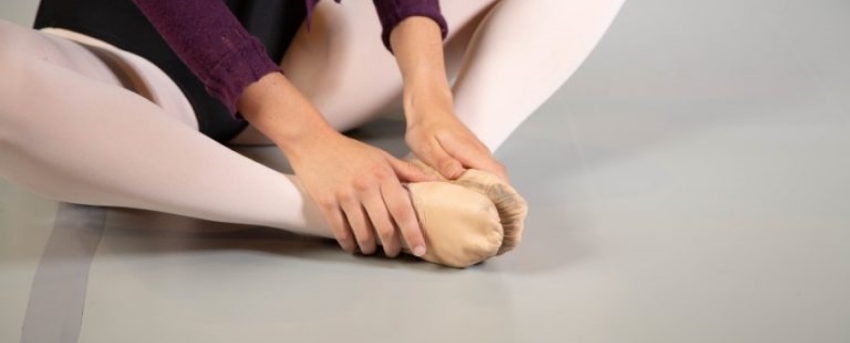Contemporary Dance Floor Guide: 7+ Tips for Floorwork Success
Find the perfect contemporary dance floor for your studio with our contemporary dance flooring buyer’s guide. Contemporary dance is a dance genre containing a mixture of dance techniques. Contemporary borrows from other practiced styles, such as modern, jazz, ballet, and other traditional dance forms.
According to the Prestige Dance Academy, contemporary dance training requires precision and strong attention to technical details. Improvisation and creativity are key factors to all choreography routines of the contemporary dance style.
Contemporary dance is similar to lyrical and modern dance in the way that emotion and expression are produced. Lyrical uses more jazz and ballet movements and modern strives to push the boundaries of dance with current techniques.
No matter the case, dancers must have excellent control, speed, and strength to perform dance movements successfully, and proper dance floors make all the difference.
According to the Prestige Dance Academy, contemporary dance training requires precision and strong attention to technical details. Improvisation and creativity are key factors to all choreography routines of the contemporary dance style.
Contemporary dance is similar to lyrical and modern dance in the way that emotion and expression are produced. Lyrical uses more jazz and ballet movements and modern strives to push the boundaries of dance with current techniques.
No matter the case, dancers must have excellent control, speed, and strength to perform dance movements successfully, and proper dance floors make all the difference.
What to Look For in Contemporary Dance Floors
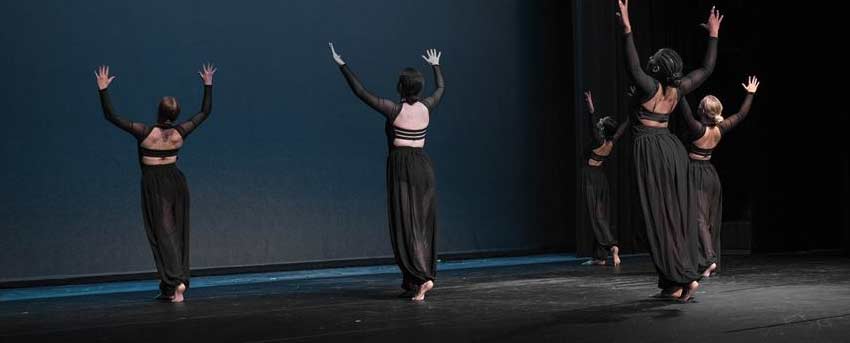
Lovers of dance understand that not all dance floors are created equal. Unforgiving surfaces, like tile, hardwood, and carpet, are not made to support a dancer’s footwork needs or their joints.
For contemporary dance, it will be essential to look for specialized qualities in the dance floor material. Keeping dancers safe during routines is one of the most critical aspects of the art form, as all dance studios, touring companies, and schools know.
The risk of slipping and injury is heightened if dancers don’t perform with the right shoes for their routines or have an injury on the wrong type of floor. To help take the guesswork out of what to look for on a contemporary dance floor, we compiled a list of the main factors.
For contemporary dance, it will be essential to look for specialized qualities in the dance floor material. Keeping dancers safe during routines is one of the most critical aspects of the art form, as all dance studios, touring companies, and schools know.
The risk of slipping and injury is heightened if dancers don’t perform with the right shoes for their routines or have an injury on the wrong type of floor. To help take the guesswork out of what to look for on a contemporary dance floor, we compiled a list of the main factors.
- Slip resistance: Contemporary dance is built on express movements and footwork. You’ll need a durable dance floor that provides just the right amount of grip and slide. Dancers tend to go barefoot with contemporary, so mitigating injuries is vital for this dance style.
- Cushion: In combination with a sprung subfloor, cushioned contemporary dance floors are a more comfortable experience for dancers’ joints.
- Easy to maintain: Marley dance floors are simple to maintain, needing only daily sweeping and occasional mopping.
- Versatility: Often, contemporary dance floor rolls are for permanent installations. In dance studio settings, we suggest having a dance floor that works well for several types of dance styles.
Contemporary Dance Floor Materials

Marley Vinyl
The floor material, vinyl, is often referred to as Marley vinyl in the performance industry. One of the most popular Marley brands, Rosco, can be found in our dance flooring selection.
Vinyl dance floors often come in the form of rolls and provide an ultra-durable, slip-resistant top layer to a sprung subfloor. Vinyl rolls are the most popular choice for contemporary dance studios, as they cover large surfaces with ease and create a seamless, professional finish.
Vinyl dance floors often come in the form of rolls and provide an ultra-durable, slip-resistant top layer to a sprung subfloor. Vinyl rolls are the most popular choice for contemporary dance studios, as they cover large surfaces with ease and create a seamless, professional finish.
Rubber
A vinyl top layer and attached rubber underlayment provide the perfect cushion and support during intense dance routines. You can get a beautiful, wood-look dance floor without the high maintenance or discomfort that comes with the traditional material.
This rubber-backed dance floor is not a replacement for a sprung subfloor. To ensure dancers’ safety, you will need to either have an additional foam or hard plastic sprung underlayment.
This rubber-backed dance floor is not a replacement for a sprung subfloor. To ensure dancers’ safety, you will need to either have an additional foam or hard plastic sprung underlayment.
Top 4 Traditional Contemporary Dance Floors
Contemporary dancers want to move fluidly across the floor during routines. You’ll enjoy the best Marley floor, aka Rosco floor, to get the most out of your choreography practice.





VersaStep Dance Rolls
The VersaStep Dance Roll is the most popular and versatile dance flooring option. If you need a dance flooring option that you can use for contemporary, ballet, tap, jazz, and more, the VersaStepRoll is perfect.
VersaStep Dance Rolls are medium-fast, offering just enough slip resistance to keep you safe without holding you back from slides, turns, and floor work.
VersaStep Dance Rolls are medium-fast, offering just enough slip resistance to keep you safe without holding you back from slides, turns, and floor work.
VersaStep Installation Options:
- Permanent
- Semi-permanent
- Temporary

Rosco Adagio Tour Rolls
Just like our Adagio floor, but a little lighter, a little more portable. These rolls are ideal for touring companies and carrying on the go for competitions and recitals.
The thin, lightweight Adagio Tour Rolls are still plenty durable to stand up to hours of class and rehearsal. They’re simple, easier to move, and great if you have a shared space.
If you’re planning on doing a permanent installation in a contemporary-only studio, we recommend our traditional Adagio Rolls.
The thin, lightweight Adagio Tour Rolls are still plenty durable to stand up to hours of class and rehearsal. They’re simple, easier to move, and great if you have a shared space.
If you’re planning on doing a permanent installation in a contemporary-only studio, we recommend our traditional Adagio Rolls.
Adagio Tour Installation Options:
- Temporary

Rosco Dance Floor Rolls
Dance Floor Rolls are the premier contemporary dance flooring. They have just the right amount of grip, so they won’t tear up your feet or make you lose control during precise turns.
Our Dance Floor Rolls have the perfect resiliency to support dancers of all skill levels. They offer a medium-fast speed and the perfect amount of slide and grip to keep you safe in shoes and out.
Like the Adagio Tour Rolls, these rolls are portable and convenient for touring companies. However, you can install them semi-permanently in your studio as well.
Our light and portable Dance Floor Rolls are also great for contemporary ballet, jazz, hip-hop, and more.
Our Dance Floor Rolls have the perfect resiliency to support dancers of all skill levels. They offer a medium-fast speed and the perfect amount of slide and grip to keep you safe in shoes and out.
Like the Adagio Tour Rolls, these rolls are portable and convenient for touring companies. However, you can install them semi-permanently in your studio as well.
Our light and portable Dance Floor Rolls are also great for contemporary ballet, jazz, hip-hop, and more.
Dance Floor Installation Options:
- Semi-permanent
- Temporary

Performance Floor Rolls
The Performance Floor isn’t ideal for tours – it’s more of a permanent deal because you want to keep it looking beautiful and performance-ready.
These rolls are tough and gorgeous, making them perfect for all dance types, both in class and in performances. They have a lot of grip to them, making them a medium-slow flooring option.
These rolls are tough and gorgeous, making them perfect for all dance types, both in class and in performances. They have a lot of grip to them, making them a medium-slow flooring option.
Performance Floor Installation Options:
- Permanent
- Semi-permanent
Top 2 Wood-Look Contemporary Dance Floors
Instead of the traditional solid color, you can switch it up with wood-look contemporary dance flooring! They’re versatile, durable, and look like genuine hardwood floors.
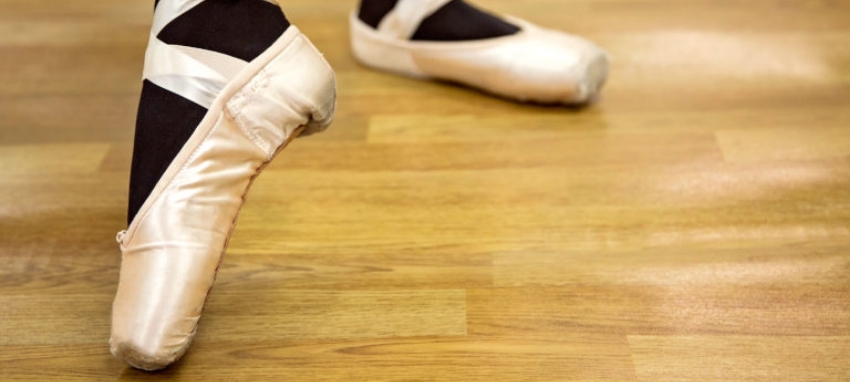


Eco-Wood Dance Rolls
These are the most beautiful, convincing, and durable wood-look dance flooring rolls on the market. The Eco-Wood Dance Rolls are thick and durable enough to hold up to everything from dance to gyms and more.
Our Eco-Wood Rolls are like attaching a vinyl Marley roll to a 4.5mm foam underlayment. These can be especially helpful if you don’t have a sprung subfloor*. These rolls are also versatile and great for a personal dance floor.
*Note: These are not a replacement for a sprung subfloor. They are not nearly as shock absorbent. However, if you can’t do a sprung floor, they are better than a thinner Marley on its own.
Our Eco-Wood Rolls are like attaching a vinyl Marley roll to a 4.5mm foam underlayment. These can be especially helpful if you don’t have a sprung subfloor*. These rolls are also versatile and great for a personal dance floor.
*Note: These are not a replacement for a sprung subfloor. They are not nearly as shock absorbent. However, if you can’t do a sprung floor, they are better than a thinner Marley on its own.
Eco-Wood Floor Installation Options:
- Permanent
- Semi-permanent

Wood Dance Rolls
Our Wood Dance Rolls are perfect for those looking for a heavy-duty surface that aids dancers’ joints and landings. They’re beautiful in the dance studio and great for multi-use dance spaces. You’ll even get to worry less about mold or mildew, as our Wood Dance Rolls are non-porous.
They come backed with a 10-year warranty, so rest assured you’ll get the most use of them for years to come.
They come backed with a 10-year warranty, so rest assured you’ll get the most use of them for years to come.
Wood Dance Rolls Installation Options:
- Permanent
- Semi-permanent
Top Contemporary Dance Sprung Subfloors
Sprung subfloors are made with either foam or rubber material to increase the floor’s shock absorption. Dancers love sprung flooring as it decreases the chance of injury while performing full-out routines or during long practices.
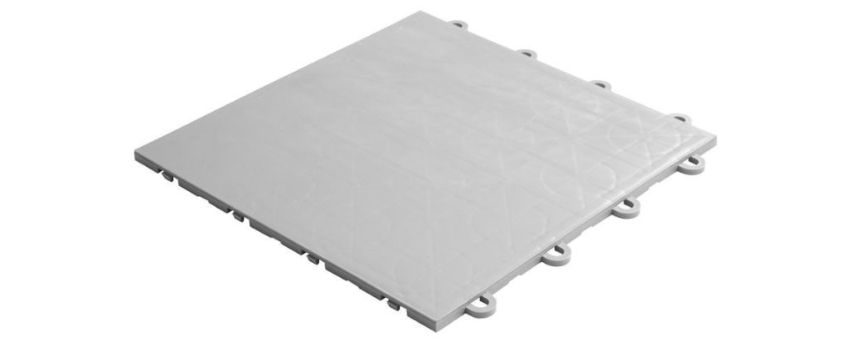
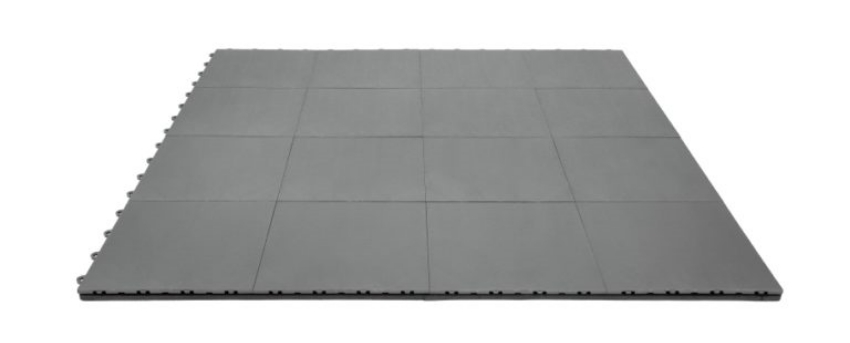

Flat Top Dance Tiles
These dance tiles are easy to install, great for a variety of dance styles, and can work with or without Marley rolls over the top. Flat Top Dance Tiles come in six vibrant colors to brighten your dance studio.
Flat Top Dance Tiles Installation Options:
- Temporary
- Semi-permanent

Premium Home Dance Subfloor Kit
If you’re looking for a highly durable subfloor that works for all skill levels of dance and a multitude of dance styles, then these are for you!
They work great as additional protection to your at-home dance subfloor or touring companies looking to get extra practice in professional flooring. Premium Home Dance Subfloor Kit comes with easy to interlock tiles that require no glue or tape.
They work great as additional protection to your at-home dance subfloor or touring companies looking to get extra practice in professional flooring. Premium Home Dance Subfloor Kit comes with easy to interlock tiles that require no glue or tape.
Premium Home Dance Subfloor Kit Installation Options:
- Temporary
- Semi-permanent
Contemporary Dance Floor Installation
Semi-Permanent Installation
- Clean the subfloor of all dirt, debris, or dust.
- Loose lay your Marley rolls in the room for 24 to 48 hours to allow for proper ventilation and acclimation.
- Before installation, use a straightedge or utility knife to cut the dance floor material to fit your space. We recommend leaving a 1/4″ gap around the rolls’ perimeters to allow for expansion and contraction with environment temperature changes.
- Apply the double-sided tape underneath the dance rolls or on the perimeters – applying it one section at a time.
- Place the vinyl rolls back to their original lay position. You can either leave it as is or apply additional dance floor tape on top for a more secure hold.
Permanent Installation
- Clean your subfloor of all dirt, debris, crumbs, etc. Make sure your subfloor is moisture-free before installation.
- Unroll your vinyl dance floor and allow 24 to 48 hours for it to acclimate to the environment’s temperature.
- Cut the dance floor material with a sharp utility knife or straightedge to ensure a proper fit for your dance space.
- With the shiny side down, install your vinyl dance floors in the direction you want them to lay permanently. Remember, the textured dance surface must be upward.
- Once you’ve confirmed the direction, roll up the rolls and place them at one end of the room. Put down a 10’ long layer of adhesive to the subfloor and lay one roll at a time to properly secure it. *If it’s too challenging to do 10’ at a time, you can do it at any manageable pace.
- Repeat this step until you have unrolled all of the rolls.
- To finish installation, roll a 100-pound roller on the dance floor to guarantee a secure hold. Allow for 48 to 72 hours for the floor to properly cure before practicing on it.
Contemporary Dance Floor Maintenance
Marley vinyl dance rolls are relatively easy to clean and maintain. Typical maintenance will require sweeping or vacuuming throughout the week to keep the floors looking fresh.
However, with busy dancers, food and drinks will inevitably make their way into the dance studio floor. To remove lingering food and tougher drink stains, you’ll need to lightly mop with a soft-bristled brush and scrub until the scuffs and soil come up.
We recommend using the Heavy Duty Dance Floor Cleaner for deeper cleaning and an everyday Dance Floor Cleaner for all other weekly maintenance.
Marley vinyl should not be placed in direct sunlight, as it does not have UV protection. We recommend leaving the blinds or drapes closed during the day to prevent fading.
However, with busy dancers, food and drinks will inevitably make their way into the dance studio floor. To remove lingering food and tougher drink stains, you’ll need to lightly mop with a soft-bristled brush and scrub until the scuffs and soil come up.
We recommend using the Heavy Duty Dance Floor Cleaner for deeper cleaning and an everyday Dance Floor Cleaner for all other weekly maintenance.
Marley vinyl should not be placed in direct sunlight, as it does not have UV protection. We recommend leaving the blinds or drapes closed during the day to prevent fading.
Conclusion
Ready to dance to your heart’s content? Shop our selection of dance flooring, and find the perfect one for all your dance style needs.


